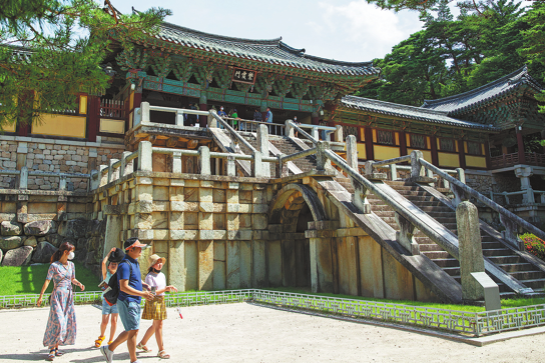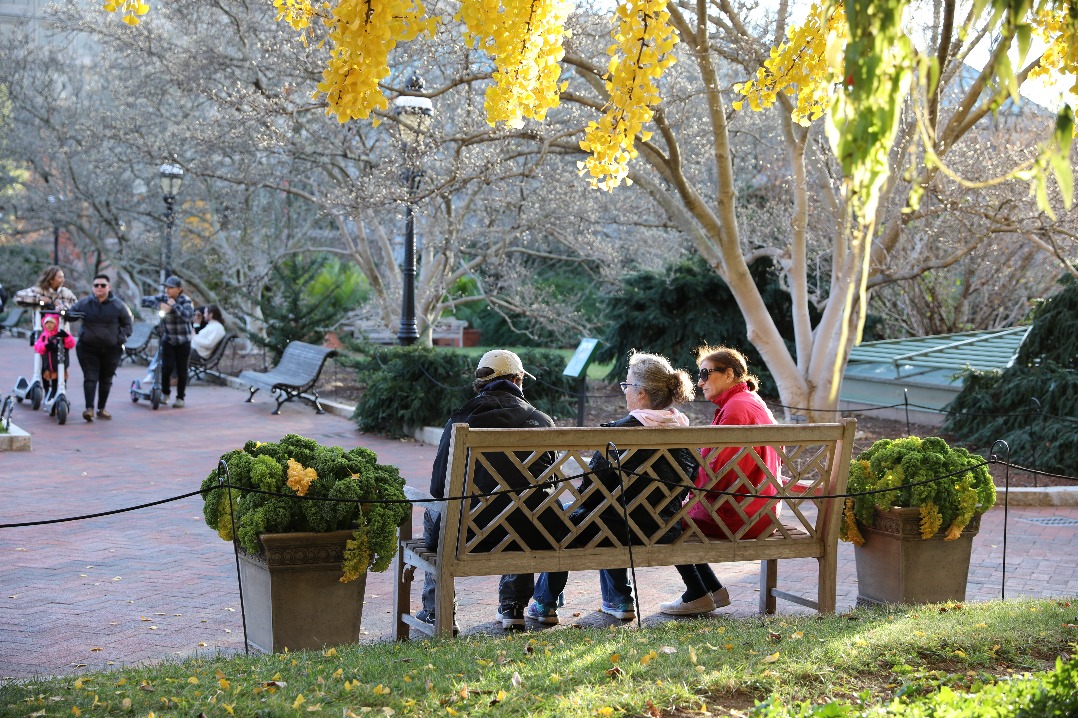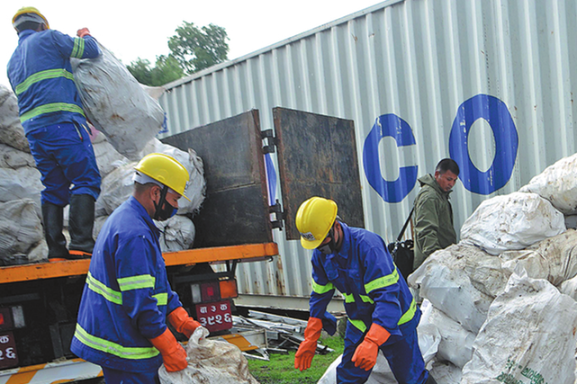Native Americans demand reparations from universities

As some states like California and Illinois are considering paying reparations to black Americans for historical slavery and racism, Native Americans are calling for reparations for "land grabs" by universities across the US. It is time for the universities to pay restitutions, they said.
According to research data published by High Country News, an indigenous publishing platform, 10.7 million acres were taken from nearly 250 tribes in the form of almost 80,000 parcels of land across 24 Western states. The area is more than three times the size of Connecticut.
The taking of land was started by the Morrill Act. It was signed into law by President Abraham Lincoln in 1862 to distribute public domain lands to raise seed money for universities across the country. Many tribal lands were seized for a fraction of market value or nothing at all, the study said.
The study found that the land grants were worth about a half-billion dollars, and the US government paid less than $400,000 for all the land.
In the end, the Morrill Act raised endowments for 52 higher institutions, and at least 12 states still own unsold Morrill acres and associated mineral rights, which continue to produce revenue for their designated institutions.
For example, the University of Missouri, granted an area more than twice the size of Chicago, had raised more than $363,000 by the early 20th century from land that was purchased from the Osage for less than $700. Today, the school still benefits from nearly 15,000 acres of unsold Morrill lands.
In Arizona, 150,000 acres selected for the University of Arizona were once the home of the Pima, Yuman, Tohono O'odham, Navajo and Apache. The land was nearly all seized without payment at the end of the Apache War.
The first to sign on for a share of the Morrill Act's bounty was Iowa in 1862, and part of the acquired land became the site of Iowa State University. Soon many states followed suit.
Cornell University in New York state is one of the biggest beneficiaries of the Morrill Act, the study found. Its founder Ezra Cornell took almost 987,000 acres of Native American land through 63 treaties or seizures across 15 states and raised almost $6 million.
Within 20 years of its founding, Cornell had the third-largest university endowment in the US. It built Morrill Hall, a building of 40,000 square feet, in 1866. Today, the Cornell campus is sitting on the homeland of the Cayuga Nation.
"Cornell acknowledges our central place in this history," The Washington Post quoted Joel Malina, vice-president of university relations at Cornell. He said the college is working "to build and maintain relationships with North American Indigenous Nations and communities'', including establishing educational programs and "partnerships specifically geared to meeting the needs of Indigenous students".
In California, more than 1.7 million acres were grabbed from Native Americans, raising $3.6 million to benefit 32 universities including far-flung Louisiana State University and the University of Maine.
The University of Minnesota is another higher education institution to sit on Native American land. It acquired more than 94,000 acres of land from 11 Native American tribes for a fraction of the value.
Other universities that benefited from the land grants include the University of California, the Massachusetts Institute of Technology, Yale University, Purdue University and Texas A&M University.
"You have these schools that have tens of millions of dollars at their disposal, but they are not looking at any ways they can improve living situations for Indigenous peoples today," An Garagiola, a descendant of the Bois Forte Band of Chippewa, told the Post. "Yet their existence as institutions, as schools of learning, are only there today because of everything that was taken."
Kyle Mays, an associate professor of African American studies and American Indian studies at UCLA, isn't optimistic on how the reparations will go.
"I do not see how much compensation you can get for a mass amount of genocide without trying to restructure economies at large scale, restructure how we connect with land, and how we utilize land. Which I just do not see is possible under capitalism in a certain way," Mays told the Post.
Cornell, along with some other universities, are offering free tuition to Native American students and pledge to recruit more Native American faculty.
However, Kurt Anders Jordan, director of the American Indian and Indigenous Studies Program at Cornell, said the school should be doing more. He has assembled a team to dig more deeply into its past, including contacting Native American communities that may have been affected by Cornell taking land from tribes, the Post said.
The University of Minnesota started the Truth Project to go beyond land holdings and examine its history with Native Americans. It uncovered that the school researchers conducted kidney and skin biopsies on Native American children in the 1960s rather than treating them with penicillin.
The biopsy was done in a crude way by jabbing patients with a long needle without the help of ultrasound to guide their movements.
Audrianna Goodwin, a researcher who is a member of the Red Lake Nation tribe, one of the tribes whose land was taken to build the university, told the Post that the school didn't obtain proper written consent from the parents of patients before including them in the experiment.
The university disputed that penicillin wouldn't have stymied the epidemic, and parental consent was given despite a lack of a signed consent form.

































